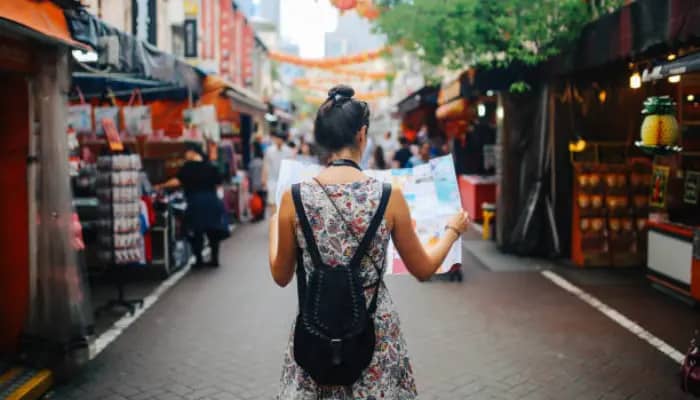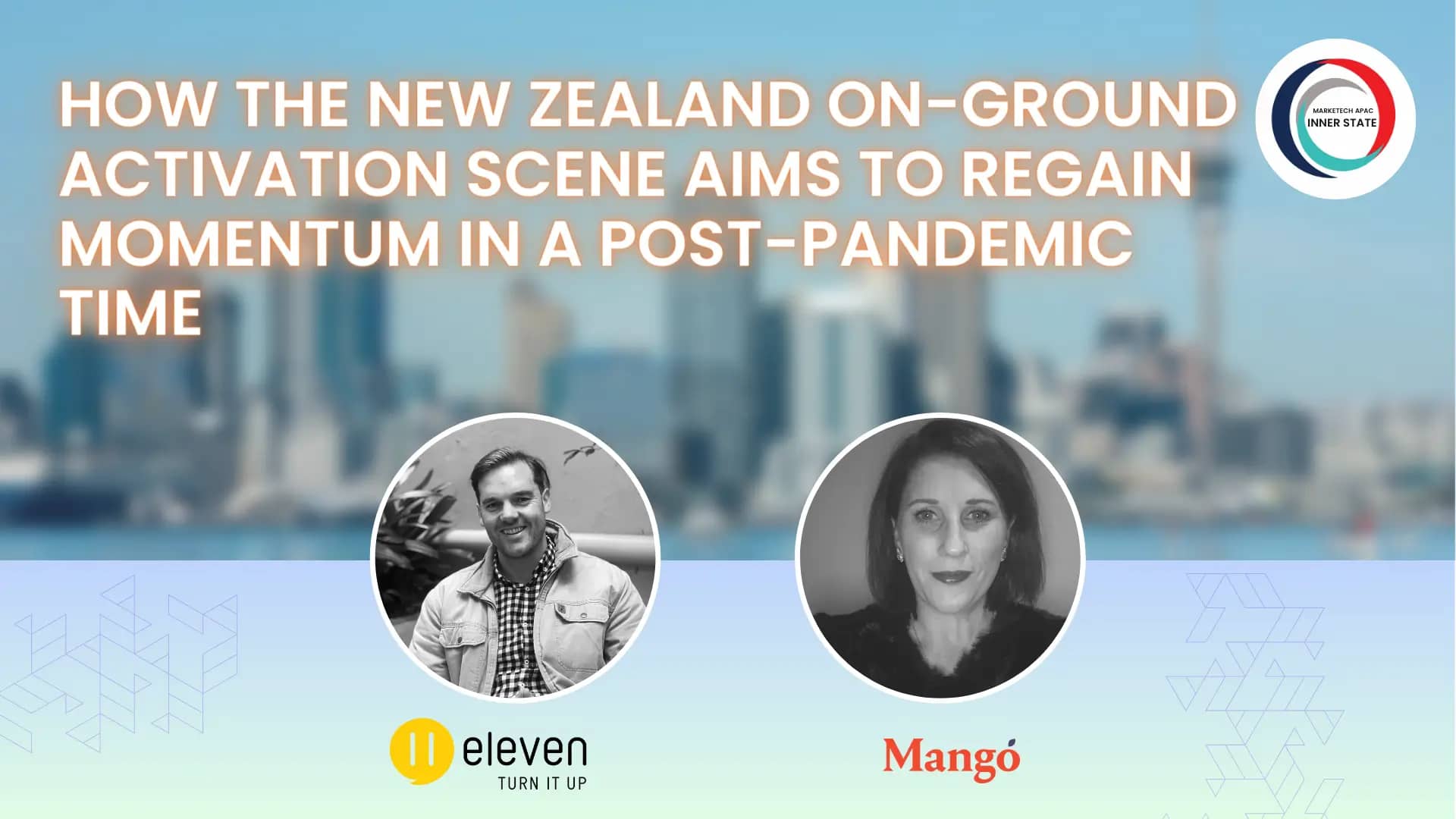Singapore – Around 23% of market share in 2022 will be accounted for by insurgent disruptors as Southeast Asian consumers’ find ways to satisfy their unmet needs and evolving preferences, a report by Meta, Bain & Company, and DSG Consumer Partners revealed.
The report reveals that there is an emerging new hierarchy of wants and needs for consumers in Southeast Asia.
Almost 39% of consumers indicated a reduction in their average spend in the past year, citing top concerns around economic stability (63%), and cost of living (58%). Alcohol and electronics experienced the largest drop in spending, while food, personal care, and wellness categories remained resilient.
However, despite the reduced spending, the report observed a reprioritization of what is perceived as needs versus wants for consumers. What consumers previously considered luxuries like eating out every week, branded apparel, and the latest gadgets have moved into what is now seen as new ‘needs’. Social media was also cited as the top essential category and streaming as the rising essential category across income levels.
With some wants slowly transitioning into new needs, the report also unveiled some interesting data emerging in the Southeast Asian workforce.
According to the report, Gen Zs and solo entrepreneurs are becoming important cohorts to engage with as SEA’s working population is set to increase by 24 million people by 2030.
The rising incomes and growing middle and upper middle classes are causing the region to move closer to a consumption inflection point, which will accelerate the trajectory of consumption growth. And Gen Zs and single households are two particular consumer segments driving this growth.
Around 23% of Gen Zs comprise the total Southeast Asian population, while the solo economy, made up of single households, is growing, driven by three key demographic groups: older singles, young professionals, and young urban migrants.
The shifts in household sizes are expected to be most pronounced in the Philippines, Singapore, and Thailand, which are expected to see a 20% increase in single households by 2030.
Additionally, the report revealed that Gen Zs value individuality, authenticity, and identity more than other generations. They are not just digital-centric but highly engaged in the digital community, messaging businesses an average of eight times a month, and 82% of them said they are part of an online community.
However, older generations are also quickly catching up in terms of experimenting with new technology. Data from the survey reports reveals that AI is powering personalisation across generations.
With all generations in the region spending more time online and experimenting with new technologies such as AI, VR, and healthtech, businesses in SEA should have an idea of how they can successfully engage with their consumers.
The report showed that businesses in Southeast Asia are beginning to use AI for marketing purposes and to address region-specific issues. Almost 73% of business leaders surveyed recognised the opportunities from AI. However, they also admitted that they were not prepared to seize them.
Nevertheless, once businesses can focus on personalised marketing and invest in AI-powered and AI-enabled tools to facilitate personalisation on a large scale, they will be able to effectively reach Southeast Asian consumers and drive a strong ROI.
However, the most interesting data the report captured is the emergence of insurgent disruptors or brands that are new to the market but are growing five times quicker in revenue versus their category growth rate.
These insurgent disruptors are now responsible for US$52b in revenue in Southeast Asia alone and accounted for 23% of the market share in 2022. Among the top categories where insurgent disruptors have successfully gained market share are beauty, personal care, and packaged food.
Praneeth Yendamuri, partner at Bain & Company, said, “Southeast Asia as a region has demonstrated resilience amidst the global slowdown and consumer sentiment is rebounding in most markets. This is a great opportunity for businesses to address the needs of approximately 700 million consumers in a USD $4T economy that is forecasted to grow at 4.6% to 2030 (vs. 2.7% globally).”
He added, “SEA has repeatedly shown its importance as part of investors’ portfolios with significant global valuation and profit and loss impact. To take the region to its full potential, bold moves are required: relooking at your SEA ambitions by prioritising, sequencing, and, most importantly, funding them. Companies should also form an obsession with local consumers and evolve operating models to be locally responsive, balancing the incumbent scale advantage with the disruptive insurgent mindset.”
Speaking on the report, Benjamin Joe, vice president for Southeast Asia and emerging markets at Meta, also commented, “AI is powering better experiences for people, and it’s powering better outcomes for businesses. At Meta, we’re combining our AI-powered discovery engine with the social connection that has always been the core of our platforms to deliver more relevant, entertaining, and locally attuned experiences. With new tools capable of big impact, it’s no surprise that marketers across Southeast Asia are already starting to lean into AI to drive more impactful engagement and performance.”
“Embracing AI is now more crucial than ever for businesses aiming to thrive in the ever-evolving digital landscape of Southeast Asia,” he added.
Meanwhile, Sameer Mehta, head of Southeast Asia at DSG Consumer Partners, also shared, “Insurgent disruptors are new brands less than 10 years old that have demonstrated strong market share growth. With ‘wants’ transitioning into ‘needs’ and dissatisfaction with what the incumbent brands provide, it is no surprise that Southeast Asian consumers are choosing insurgent disruptors to satisfy their unmet needs and evolving expectations.”


















